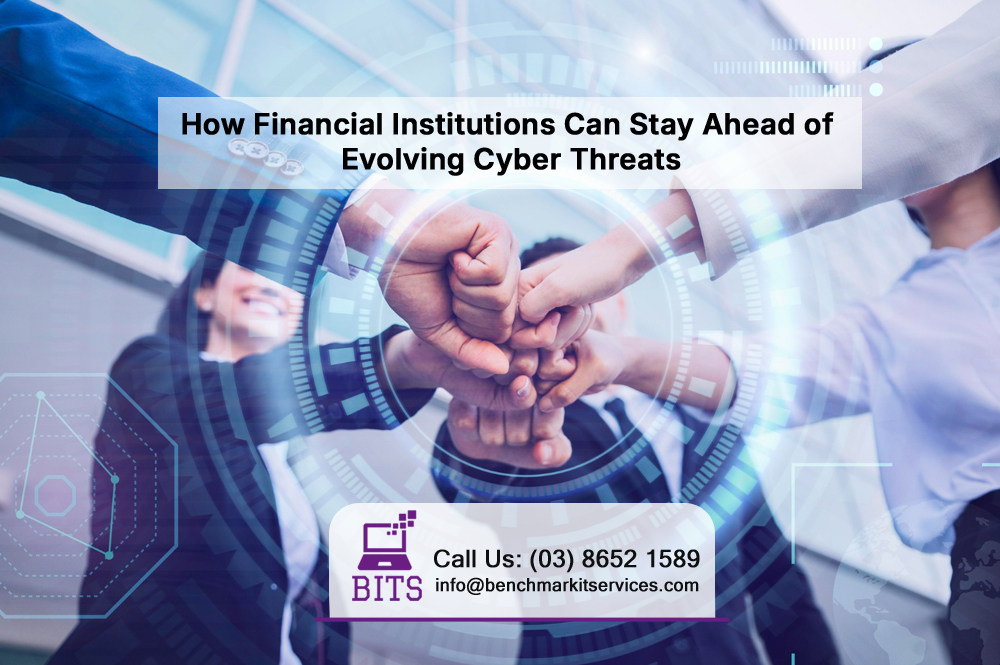In today’s digital landscape, financial institutions face an increasing number of sophisticated cyber threats. With the rise of online banking, fintech platforms, and cloud adoption, attackers are constantly developing new methods to exploit vulnerabilities. Financial institutions must act proactively to enhance cybersecurity measures that safeguard sensitive information and uphold customer confidence.
Understanding the Modern Threat Landscape
The financial sector is a frequent target for cybercriminals due to the high value of its data and systems. Common threats include phishing, ransomware, insider attacks, credential theft, and advanced persistent threats. These risks are compounded by outdated infrastructure, complex digital ecosystems, and third-party integrations.
Cyberattacks can lead to severe financial losses, regulatory penalties, reputational damage, and even long-term customer attrition. Therefore, staying ahead of these evolving threats is not just a technical challenge but a strategic priority.
Key Strategies for Staying Ahead
- Implement Real-Time Threat Intelligence
Monitoring global cyber activity helps organizations detect and respond to threats before they impact operations. Threat intelligence platforms provide visibility into emerging attack vectors and help security teams take preventive measures.
- Embrace Zero Trust Security Models
The Zero Trust model operates on the principle that neither users nor devices are trusted automatically. This model uses strict access controls, continuous authentication, and network segmentation to limit potential damage from breaches.
- Secure Endpoints and Cloud Environments
As financial services rely more on remote access and cloud-based solutions, securing endpoints is essential. Implementing tools like endpoint detection and response, encryption, and multi-factor authentication can reduce exposure.
- Train Employees Regularly
Mistakes made by individuals continue to be a major factor behind cybersecurity breaches. Conducting ongoing security awareness training helps employees identify phishing attempts, suspicious links, and social engineering tactics.
- Strengthen Third-Party Risk Management
Vendors and partners can introduce vulnerabilities into the system. Financial institutions must assess and monitor the cybersecurity practices of all third-party service providers to ensure their own defenses are not compromised.
- Use AI and Automation for Threat Detection
Artificial intelligence and machine learning can analyze behavior patterns, detect anomalies, and automate incident responses faster than traditional manual methods.
- Go Beyond Compliance Requirements
Compliance with regulations such as PCI DSS, GDPR, or SOX is essential, but it should not be the only focus. Cybersecurity strategies should aim to exceed minimum requirements to stay truly resilient.
Partnering with the Right Cybersecurity Experts
A trusted cybersecurity partner can help financial institutions develop comprehensive, future-ready strategies. With expertise in risk assessment, security architecture, compliance, and advanced threat detection, the right partner enhances both protection and operational efficiency.
Benchmark IT Services provides tailored cybersecurity services to banks, insurance companies, and financial platforms. From securing infrastructure to managing compliance and monitoring threats, BITS ensures your organization is always one step ahead in the fight against cybercrime.


